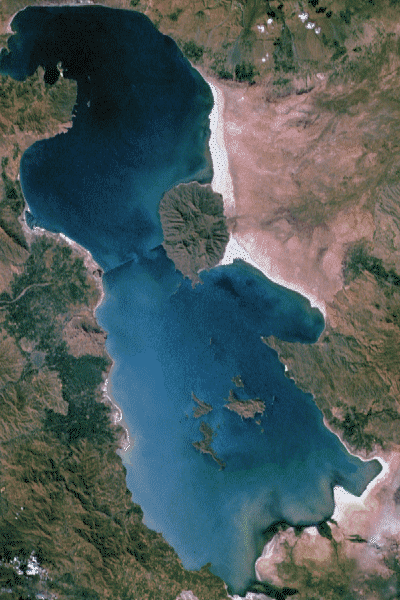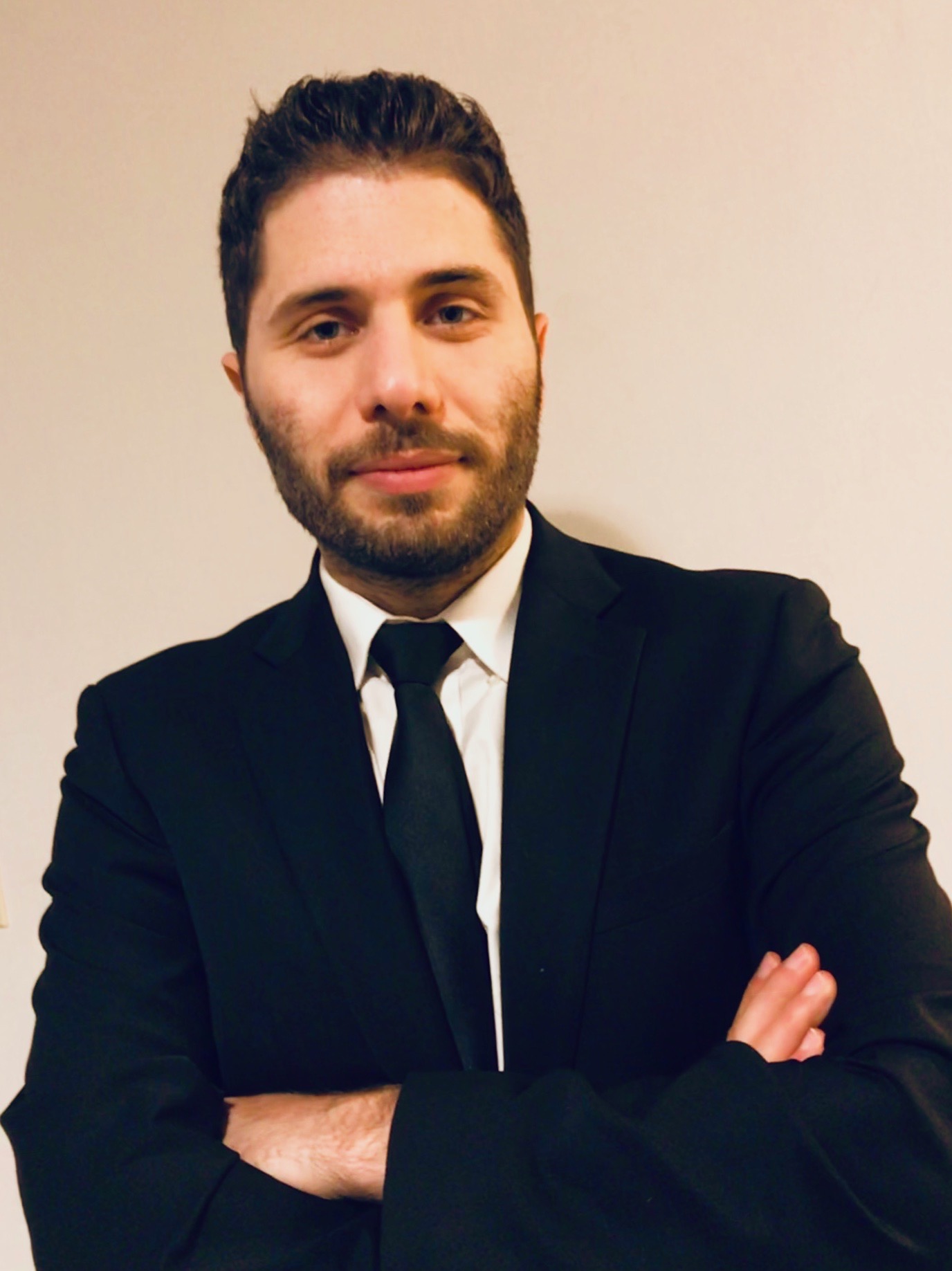Dynamic restoration of the Urima Lake level: application of hedging and driving operation rules for the lake
Iran’s Urmia Lake is the largest lake in the Middle East and one of the largest closed basin salt water lakes in the world. The lake is a UNESCO Biosphere Reserve site and the world’s largest habitat for brine shrimp. In less than two decades (1998-2014), the lake has lost more than 88% of its area due to several reasons including water resource management, droughts, and climate change. The drying of the lake has caused a vast range of adverse environmental, economic and social effects in the region.

In this project, I developed a near optimal integrated water management strategy and re-allocation scheme to restore the lake’s ecological level. The real-time water level of the Lake was simulated in an object-oriented system dynamics model which resolves the relationship between the lake’s level and water balance including its input/output flows. To account for potential climate change impacts, future projections of a CMIP3 GCM was statistically downscaled and used to estimate the future surface runoff in the basin using an Artificial Neural Network rainfall-runoff model. The lake restoration plans under different scenarios were derived in the form of hedging rules optimized (with a genetic algorithm model) to restore the Lake’s ecological level while minimizing water shortages to the agricultural, industrial and domestic stakeholders and accounting for climate change impacts and recurrent droughts during the restoration period. Implementation of the proposed method shows that the optimal hedging rules can be used to effectively restore the Lake under different possible hydrological conditions and minimal conflicts between the stakeholders.

Here are some of the tools and techniques I implemented in this project:
- Machine Learning, Artificial Neural Networks, Optimization, and Game theory
- Water Resource Management, Multi Criteria Decision Making, and Reservoir Operation
- Hydrologic modeling and rainfall-runoff simulation
- Dynamic systems and system dynamics modeling
- Statistical and Dynamic downscaling
A brief summary of the project’s results were presented at AGU 2012:
Sandoval Solis, S., A. Afshar, and A. Erfanian. "Dynamic Hedging Rule for Natural Lake Restoration Through Modified Reallocation Scheme." In AGU Fall Meeting Abstracts. 2012.
